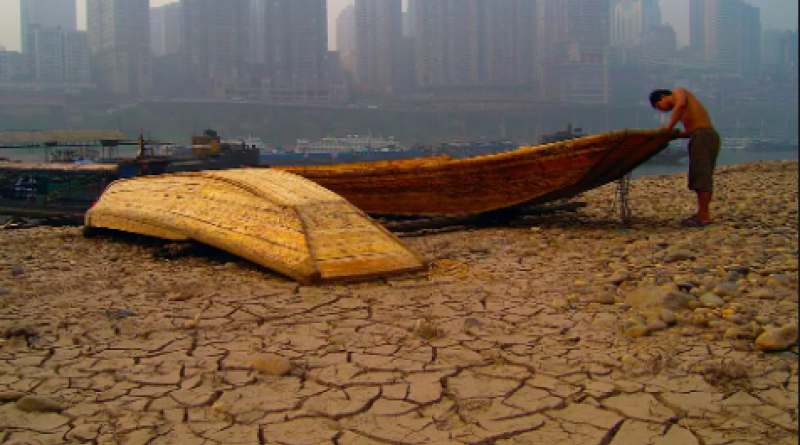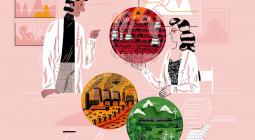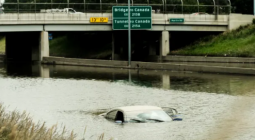What will climate change look like near me?

How much rain might fall in your area and how high might temperatures climb? The BBC and the Met Office have looked at the UK's changing climate in detail to find out.
The UK is already experiencing increased rainfall and higher temperatures, and these extreme weather events are likely to become even more frequent.
The Met Office climate projections cover different levels of global warming. When, or if, these levels are reached will depend on the concentration of greenhouse gases in our atmosphere.
The data is measured in 12km-square (7.5-mile-square) grids across the UK. The results for your postcode represent an average for the grids closest to you and the mid-point of a range of future possibilities.
How could the climate change near you?



